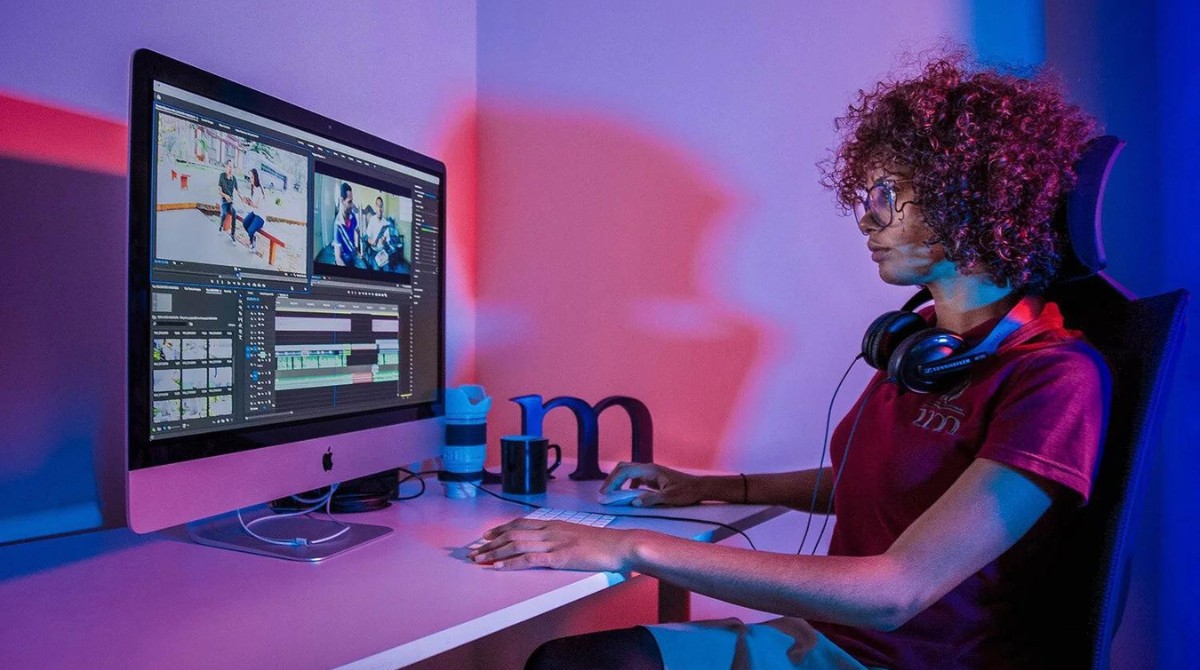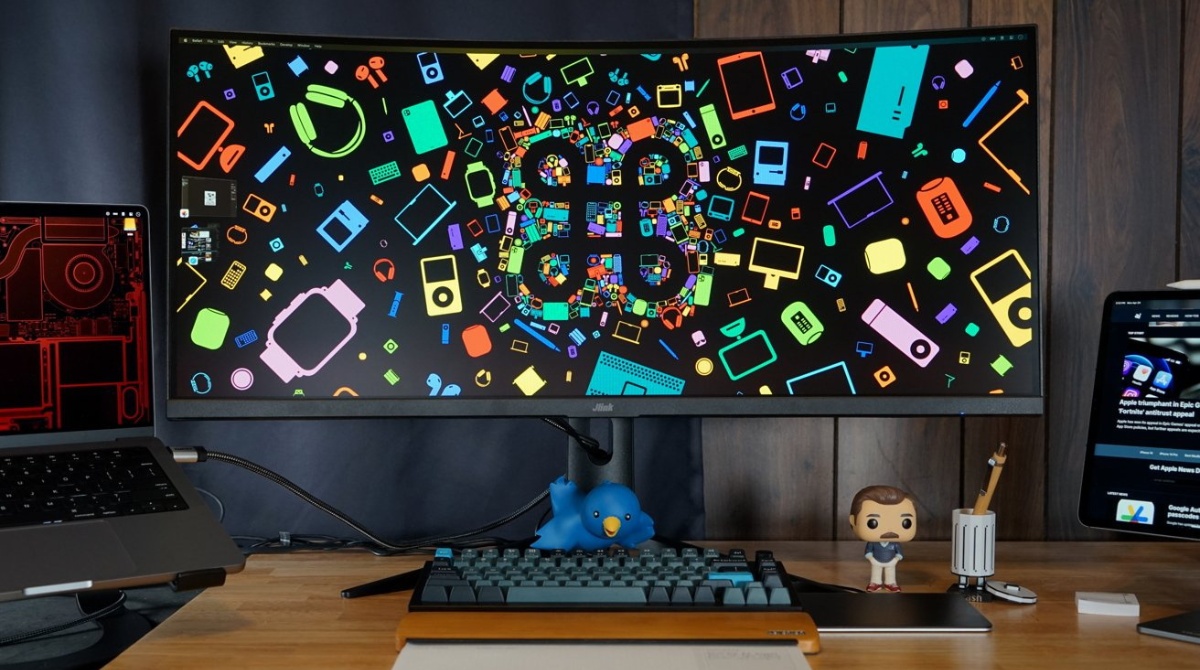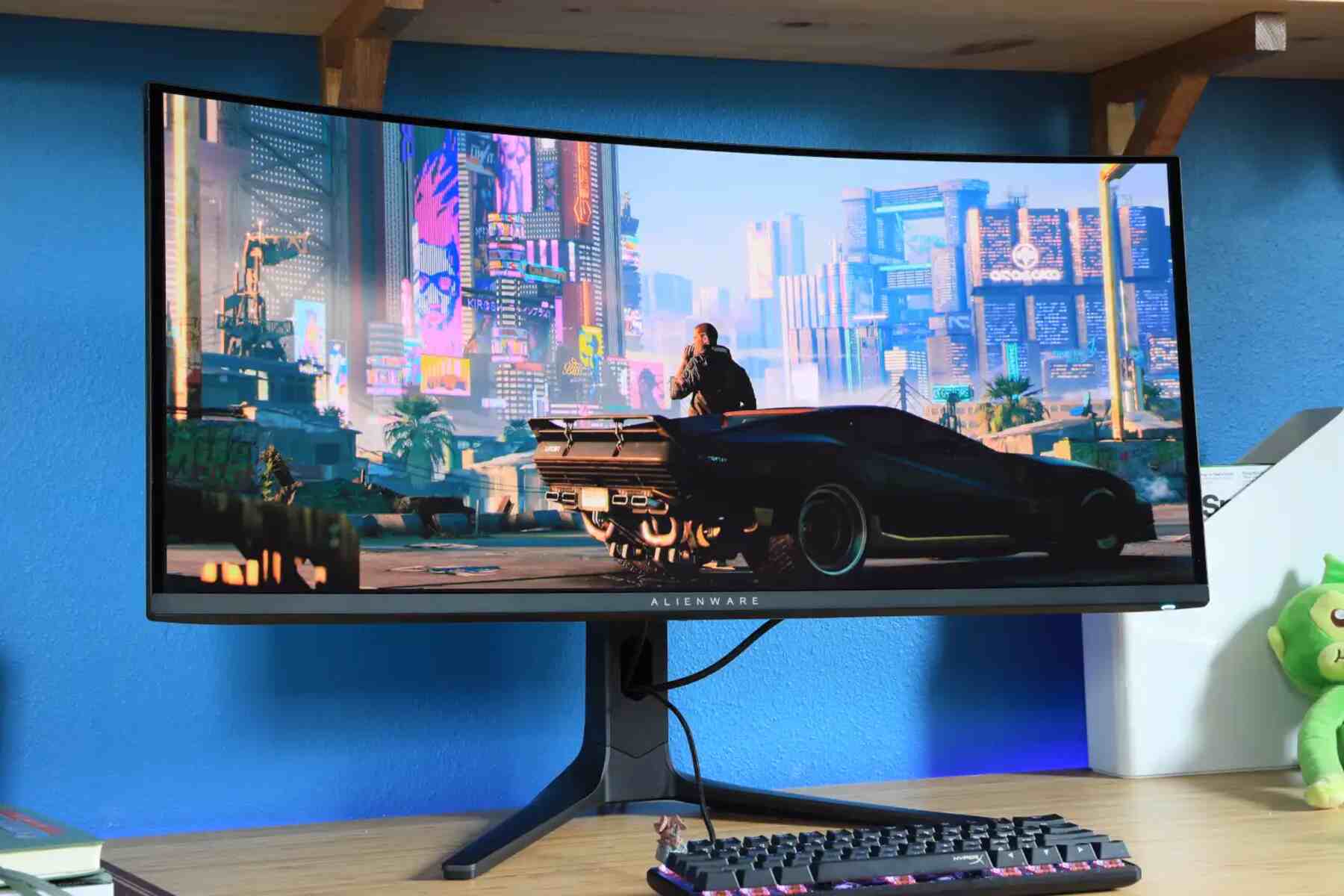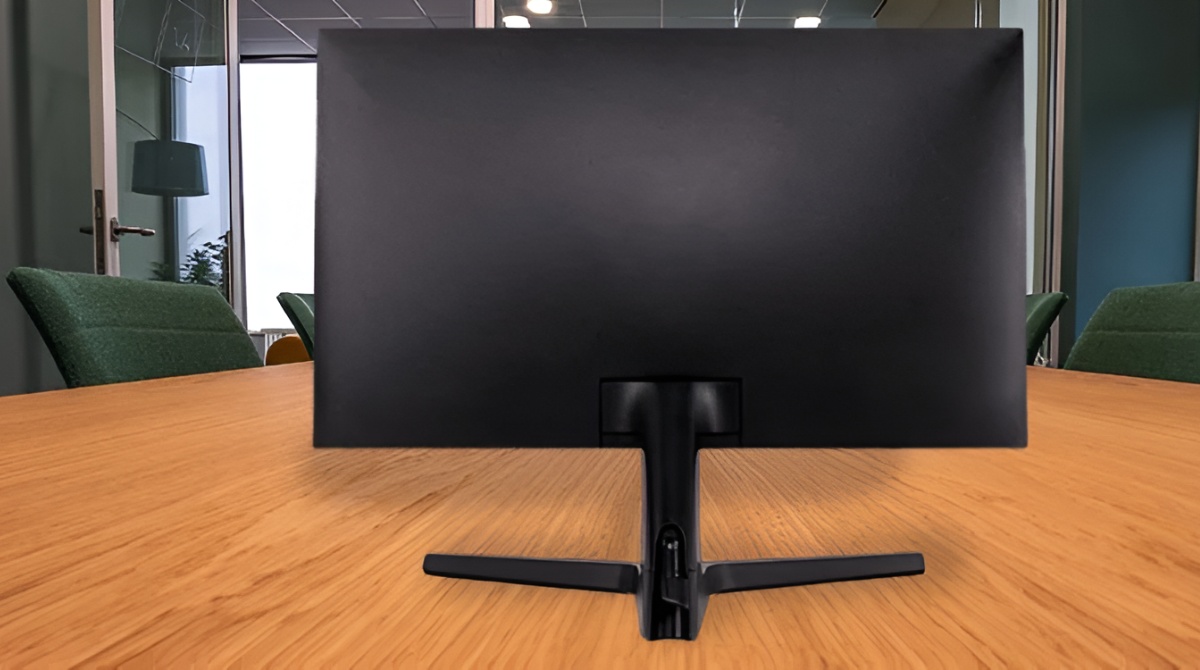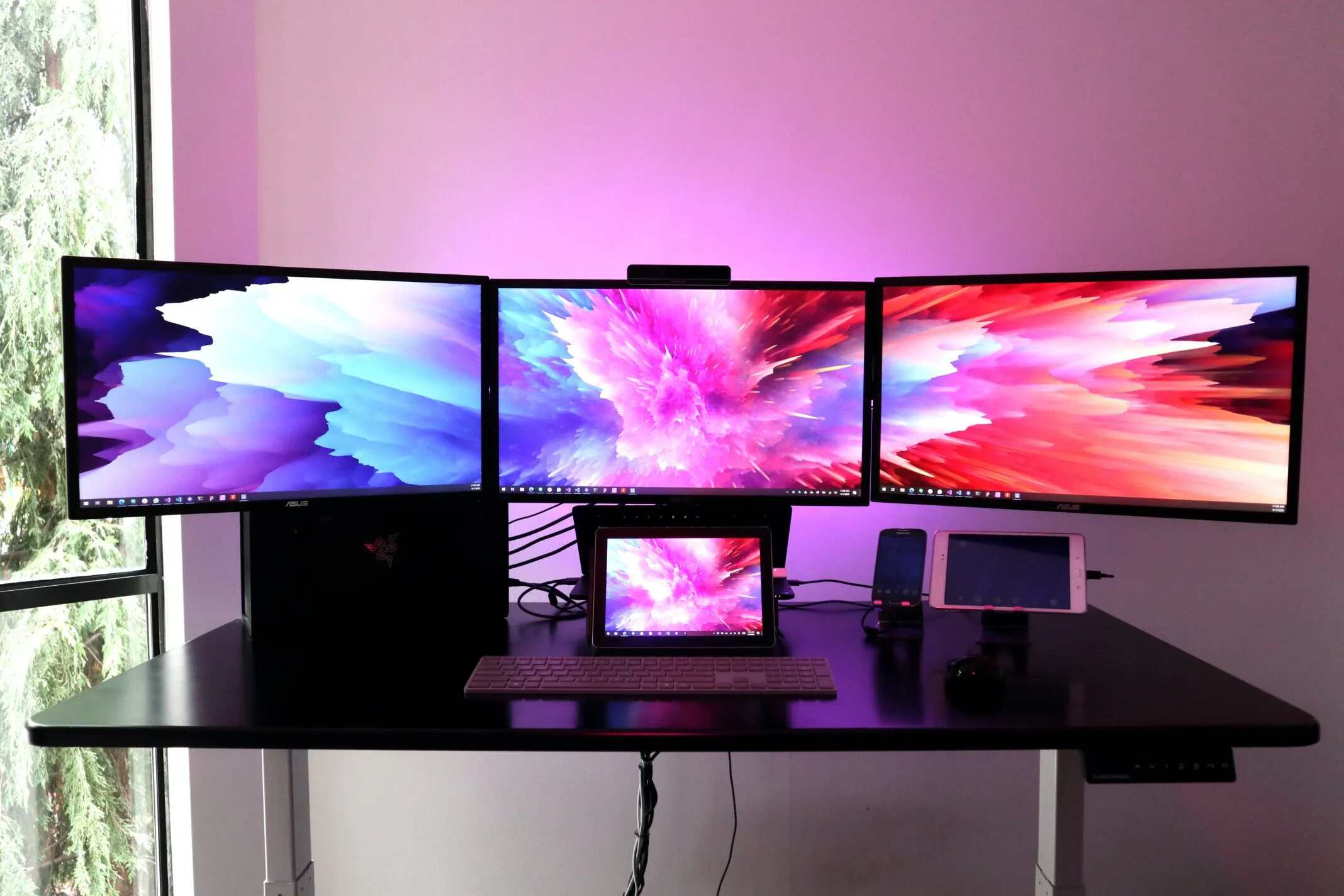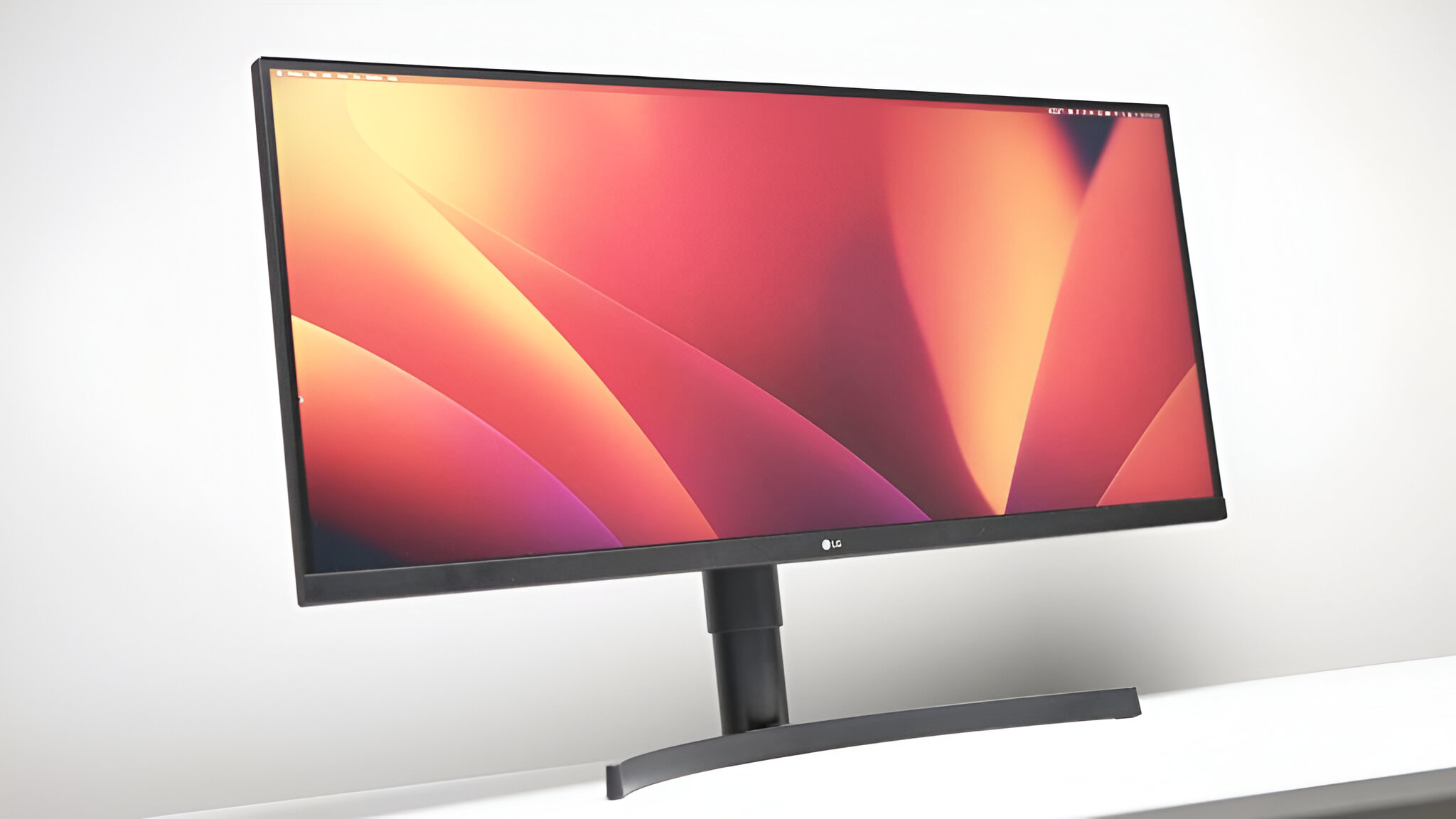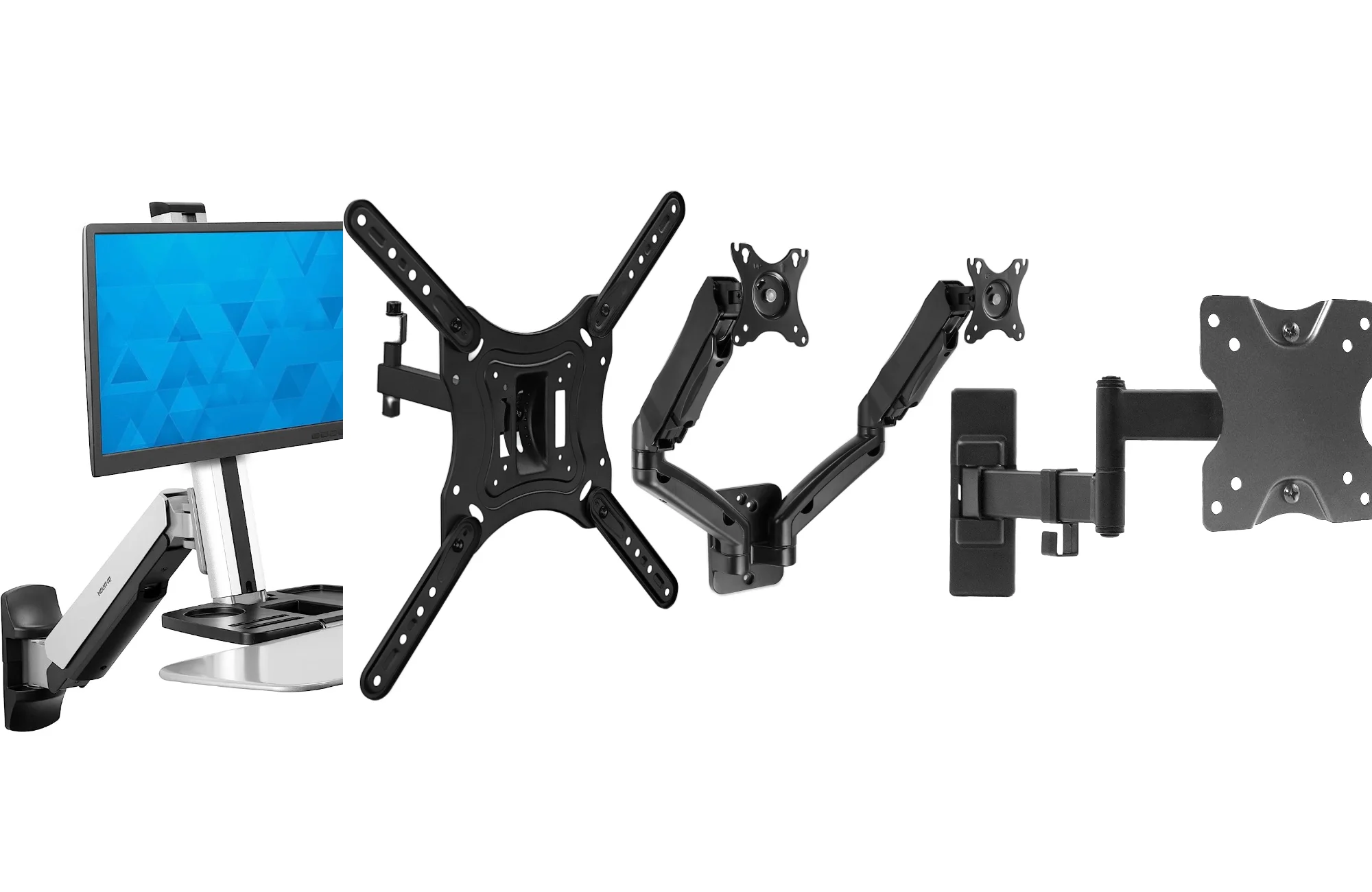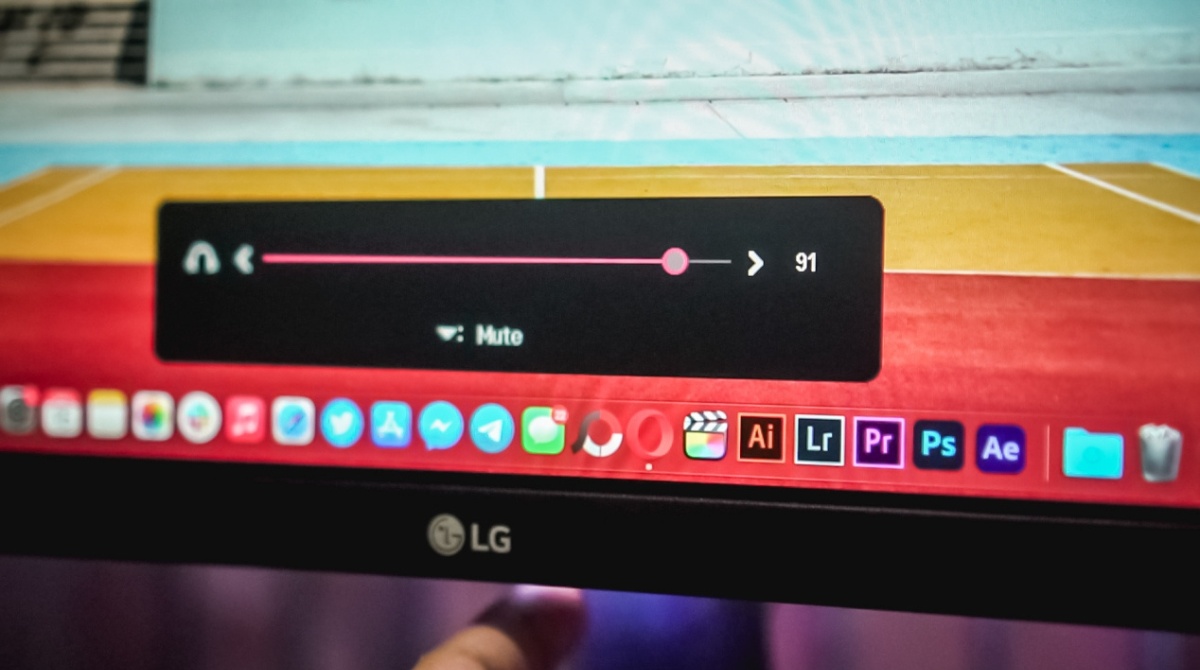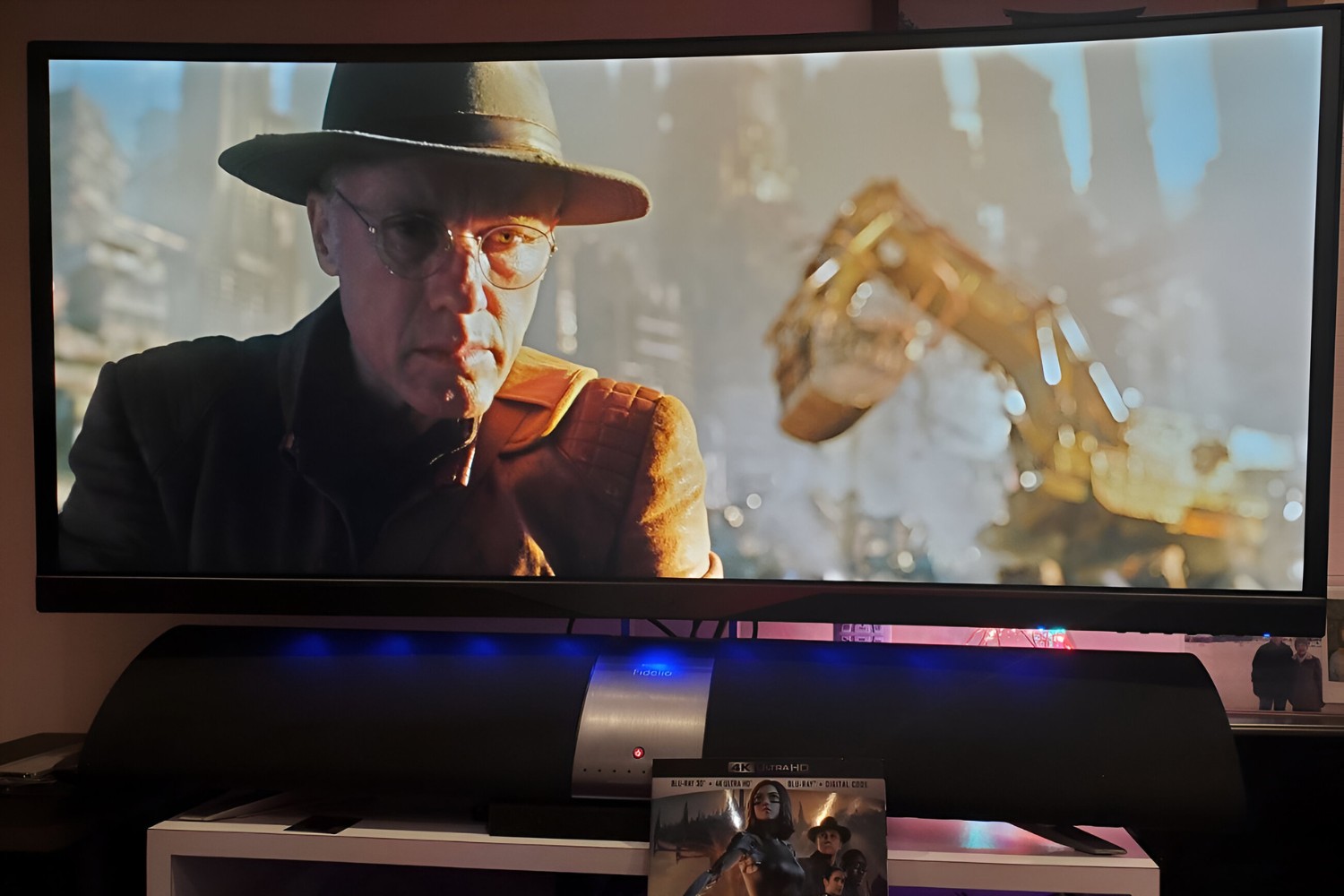Introduction
When it comes to setting up your workspace with an ultrawide monitor, one of the key considerations is determining the ideal viewing distance. Finding the sweet spot in terms of distance can greatly impact your productivity, comfort, and overall visual experience.
While there are no hard and fast rules for how far away you should sit from an ultrawide monitor, there are several factors to consider. These factors include the size of the screen, the resolution of the monitor, and personal preferences. Taking the time to find the optimal viewing distance for your ultrawide monitor setup can make a substantial difference in your work efficiency and eye strain.
In this article, we’ll explore the various factors to consider when determining the ideal distance for your ultrawide monitor. We’ll also provide some general guidelines and tips to help you find the perfect balance between comfort and productivity. So, whether you’re a gamer, a creative professional, or someone who spends long hours working on your computer, this guide will help you make informed decisions about your setup.
Now, let’s dive into the factors you should take into account when determining the distance at which you should sit from your ultrawide monitor.
Factors to Consider When Determining Distance
When deciding on the appropriate viewing distance for your ultrawide monitor, there are several important factors to keep in mind:
- Screen Size: The size of your ultrawide monitor plays a crucial role in determining the optimal viewing distance. Generally, the larger the screen, the further away you should sit to avoid straining your eyes and to maintain a comfortable viewing experience. As a rule of thumb, for a 34-inch ultrawide monitor, a viewing distance of around 2-3 feet is recommended, while for a 49-inch monitor, it might be closer to 4-5 feet.
- Resolution: The resolution of your ultrawide monitor also affects the ideal viewing distance. Higher resolutions, such as 4K, allow for more detail and sharpness in the visuals. However, this increased clarity can also result in smaller text and icons. To comfortably view the content on your ultrawide monitor, you may need to adjust the viewing distance accordingly. Experiment with different distances to find the one that offers the best balance between visibility and comfort.
- Content type: The type of content you primarily work with or consume on your ultrawide monitor is another factor to consider. If you mainly use your monitor for productivity tasks like word processing or spreadsheet work, you may benefit from sitting closer to the screen to easily read and edit text. On the other hand, if you primarily use your monitor for gaming or watching movies, sitting a bit further back can provide a more immersive experience.
- Eye health: Keeping your eye health in mind is crucial when determining the viewing distance. Sitting too close to the monitor for extended periods can lead to eye strain and discomfort. Conversely, sitting too far away may cause you to strain your eyes to read small text or details. Finding the right balance is key to reducing eye fatigue and promoting long-term visual wellness.
- Workspace limitations: Your physical workspace also comes into play when deciding on the distance from your ultrawide monitor. If you have limited desk space, you may need to adjust the viewing distance accordingly. Consider the size and layout of your workspace to ensure that you have enough room to sit at a comfortable distance from your monitor.
By taking these factors into account, you can narrow down the optimal viewing distance for your ultrawide monitor. In the next section, we will explore some recommended viewing distances based on these considerations.
Recommended Viewing Distances
While there is no one-size-fits-all answer to the ideal viewing distance for an ultrawide monitor, there are some general guidelines that can help you find a good starting point:
- 2-3 feet: For a 34-inch ultrawide monitor, sitting at a distance of 2-3 feet from the screen is a common recommendation. This allows for a comfortable viewing experience while still being close enough to take advantage of the immersive screen real estate. Adjust this distance based on your preferences and visual comfort.
- 3-4 feet: If you have a larger 49-inch ultrawide monitor, it is generally advisable to sit slightly further away, around 3-4 feet. The increased screen size requires a bit more distance to maintain a comfortable field of view.
- Eye level: Regardless of the screen size, it is important to position your ultrawide monitor so that the center of the screen is at or slightly below eye level. This helps reduce strain on your neck and promotes better posture during extended periods of use.
- Multitasking considerations: If you frequently work with multiple windows or applications side by side on your ultrawide monitor, you may need to adjust your viewing distance accordingly. Sitting closer to the screen can make it easier to read and work with multiple windows simultaneously, enhancing your productivity.
- Experiment and customize: Ultimately, the recommended viewing distances are just starting points. Each individual has their own visual preferences and comfort levels. Be sure to experiment with different distances and find what works best for you in terms of both comfort and productivity.
It is worth noting that these recommendations are not set in stone and can vary depending on individual factors and preferences. What matters most is finding a distance that allows you to comfortably view and interact with the content on your ultrawide monitor. Now that we have explored the recommended viewing distances, let’s move on to how distance can impact productivity and comfort.
How Distance Affects Productivity and Comfort
The distance at which you sit from your ultrawide monitor can have a significant impact on both your productivity and comfort. Here are a few ways in which distance affects these aspects:
- Productivity: Sitting at the right distance can enhance your productivity by providing an immersive working environment. With an optimal viewing distance, you can easily focus on the content without straining your eyes or constantly adjusting your position. This allows you to work efficiently and effectively for longer periods.
- Eye strain: Sitting too close or too far from your ultrawide monitor can contribute to eye strain and fatigue. When you sit too close, you may find it challenging to maintain a clear focus, causing your eyes to constantly refocus and causing discomfort. Sitting too far away may result in squinting to read text or view finer details. Finding the right distance can alleviate these issues and promote healthier vision.
- Posture: The distance at which you sit from your ultrawide monitor also impacts your overall body posture. When you sit too close, you may be more prone to slouching or leaning forward, resulting in strained neck and back muscles. Sitting at an appropriate distance helps maintain better posture by allowing you to sit back comfortably while still accessing the content on the screen.
- Visual experience: Distance plays a significant role in your overall visual experience. Too close, and you may feel overwhelmed by the screen’s size, resulting in a limited field of view. On the other hand, sitting too far away may reduce the immersive feel that ultrawide monitors offer. Striking the right balance can provide an optimal viewing experience that enhances your enjoyment of multimedia content and gaming.
- Comfort: Finding the right distance ensures maximum comfort during extended periods of use. Sitting too close can lead to fatigue and discomfort, while sitting too far away may cause you to strain to read or view details. By maintaining an appropriate viewing distance, you can work or enjoy media in a more relaxed and enjoyable manner.
Considering these factors, it is clear that finding the optimal distance for your ultrawide monitor is essential for achieving both productivity and comfort. In the next section, we will discuss how to adjust the distance for individuals with visual impairments.
Adjusting Distance for Visual Impairments
For individuals with visual impairments, finding the right distance for their ultrawide monitor becomes even more crucial. Here are some considerations to keep in mind when adjusting the viewing distance:
- Font size and scaling: If you have visual impairments, larger text and graphics can greatly enhance readability. Adjusting the font size and scaling settings on your operating system and applications can help compensate for reduced visual acuity. Sitting at a slightly closer distance may also assist in better visibility and legibility.
- Screen magnification software: Utilizing screen magnification software specifically designed for individuals with visual impairments can greatly improve the viewing experience. This software allows you to increase the size of the content on your ultrawide monitor while maintaining clarity. With screen magnification, you may be able to sit at a slightly further distance while still comfortably viewing the content.
- Adjustable monitor stand: Investing in an adjustable monitor stand can provide additional flexibility for individuals with visual impairments. Being able to tilt, raise, or lower the monitor can help optimize the viewing angle and distance, making it easier to see and read the content on the screen.
- Consult an eye care professional: If you have significant visual impairments, it is always advisable to consult with an eye care professional. They can assess your specific needs and recommend personalized adjustments for your ultrawide monitor setup, taking into account factors such as prescription lenses or specialized visual aids.
Remember, the goal is to create a setup that minimizes eye strain, maximizes comfort, and accommodates your specific visual needs. Adjusting the viewing distance in combination with these tactics can help individuals with visual impairments effectively use their ultrawide monitor for work, leisure, and other activities.,p>
Now that we have addressed adjusting the distance for visual impairments, let’s explore some tips to help you find the perfect viewing distance for your ultrawide monitor.
Tips for Finding the Right Distance
Finding the perfect viewing distance for your ultrawide monitor may require some experimentation and fine-tuning. Here are a few tips to help you find the optimal distance:
- Start with recommended guidelines: Begin by following the recommended viewing distance based on the screen size of your ultrawide monitor. For a 34-inch monitor, start with 2-3 feet, and for a 49-inch monitor, start with 3-4 feet. These guidelines provide a good starting point to adjust from.
- Consider your vision: Take your own visual capabilities into account when determining the distance. If you have excellent vision, you might be comfortable sitting slightly further away. If you have visual impairments or wear glasses, you may need to sit closer to the screen for better clarity.
- Experiment with different distances: Move your seat closer or further away from the monitor in small increments to see how it affects your viewing experience. Pay attention to factors such as comfort, readability, and eye strain. Find the distance that offers the best balance of clarity, immersion, and comfort for your specific needs.
- Use the “arm’s length” test: An easy way to check if you are sitting at an appropriate distance from the monitor is to use the “arm’s length” test. Stretch your arm out in front of you, and your fingers should just touch the edge of the screen. This provides a rough estimate of the distance you should be seated at.
- Adjust font sizes and scaling: If you find it challenging to read or view content on your ultrawide monitor, adjust the font sizes and scaling settings within your operating system and applications. Increasing the size of text and symbols can make it easier to view and reduce the need to sit too close to the screen.
- Consider ergonomic factors: Along with finding the right distance, ensure that your monitor is positioned at the appropriate height, with the top of the screen at or slightly below eye level. This helps maintain good posture and reduces strain on your neck and back.
- Take breaks and assess comfort: After finding a potential distance that feels comfortable, take regular breaks and assess how it affects your eyes and overall comfort. If you experience eye strain or discomfort, consider adjusting the distance slightly to alleviate any issues.
Remember, finding the right viewing distance is a personal preference and may require some trial and error to determine what works best for you. Take the time to experiment and customize your setup to create a visually comfortable and productive environment.
Now that we have explored tips for finding the right distance, let’s wrap up this guide to sitting at the ideal distance from an ultrawide monitor.
Conclusion
Choosing the right viewing distance for your ultrawide monitor is essential for maximizing productivity, comfort, and overall visual experience. While there are no strict rules, considering factors such as screen size, resolution, content type, and individual preferences will help you determine the optimal distance.
By following recommended guidelines and considering your vision needs, you can start with a baseline distance and then fine-tune it through experimentation. Pay attention to comfort, readability, eye strain, and posture as you adjust your viewing distance. Remember to position the monitor at the appropriate height and consider using font sizes and scaling options to enhance visibility.
For those with visual impairments, additional considerations like screen magnification software and adjustable monitor stands can provide the necessary accommodations. Consulting with an eye care professional can offer personalized advice for optimizing your setup.
Ultimately, finding the perfect viewing distance for your ultrawide monitor requires a balance between productivity and comfort. Take breaks, assess your comfort level, and make adjustments as needed. With a little effort, you can create an ergonomic and visually pleasing workspace.
So, whether you’re using your ultrawide monitor for work, gaming, or leisure, finding the ideal distance will enhance your experience and promote healthy eyesight. Take the time to experiment and customize your setup, and enjoy the benefits of a well-optimized viewing distance.







